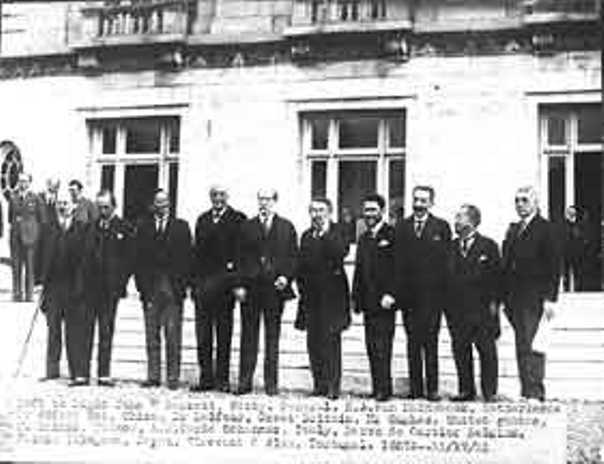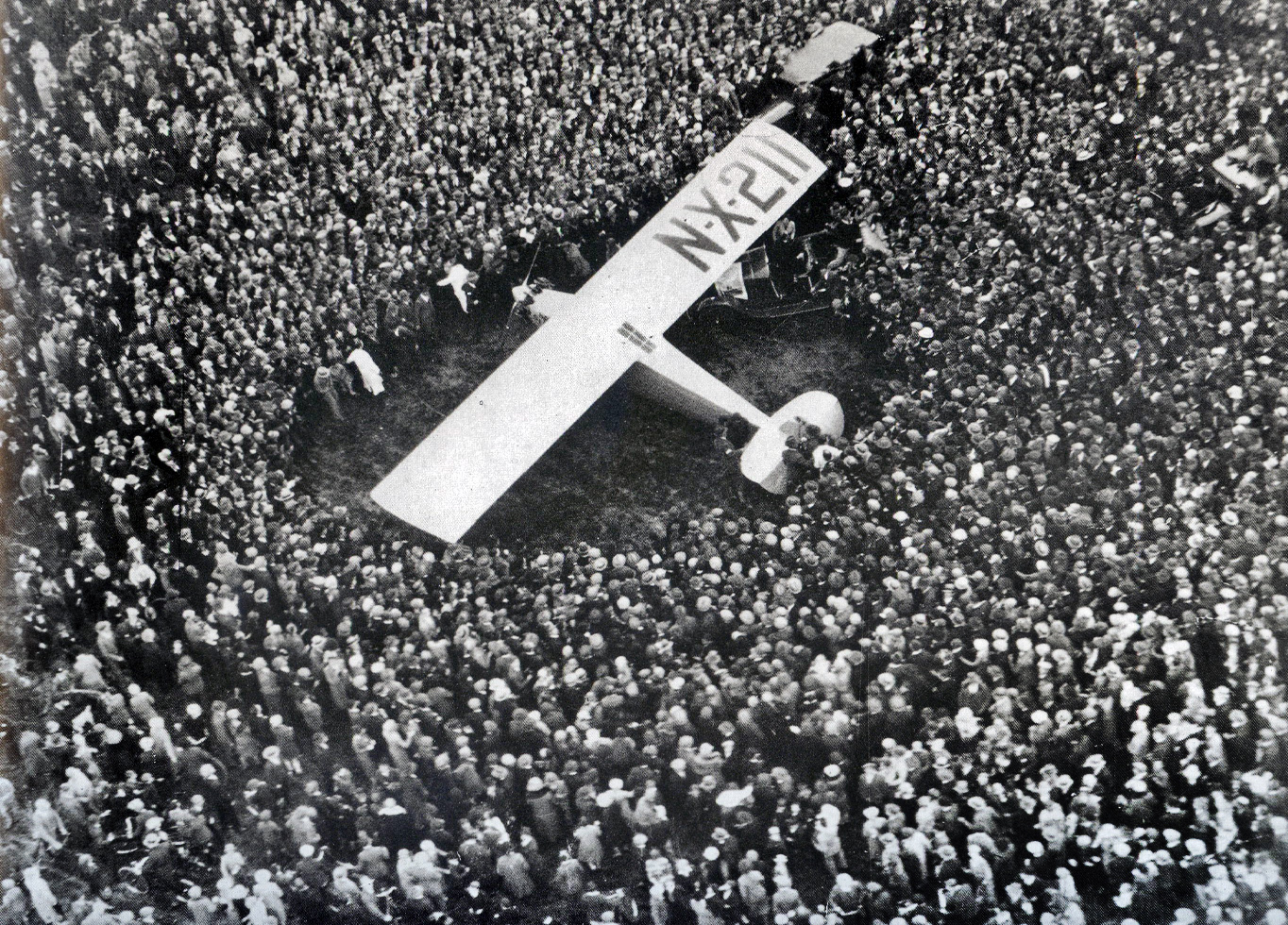The Myth of Isolationism
Washington Naval Conferences and International Law

Provisions of the Washington Naval Conference:
- Set Tonnage ratio of ships 5 (UK): 5 (US): 3 (Japan): 1.7 (France): 1.7 (Italy).
- Signatories agreed to status quo for bases in the Pacific, no new expansion.
- Internationalization of US Open Door policy in China. Open Door becomes agreed upon standard by all signatories.
- Only disarmament treaty of the 20th century that actually led to the destruction of arms. The agreements forced the US to scrap 15 old battleships and 2 new ones, along with 13 ships under construction.

Audio: The US and International Law During the 1920s (9:13)
Kellog-Briand Pact
- Signatories agreed not to use war to resolve “disputes or conflicts of whatever nature or of whatever origin they may be, which may arise among them.”
- While not effective, became the basis for much of the International law that has become the norm in foreign relations. Explicitly linked to UN Charter and to “Crimes against Peace.”

